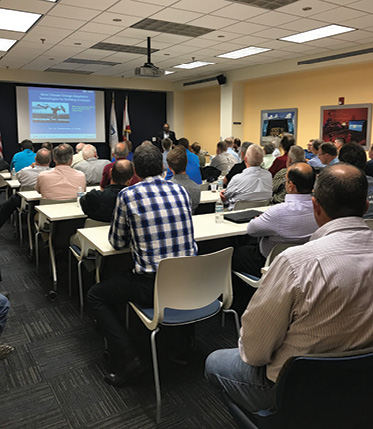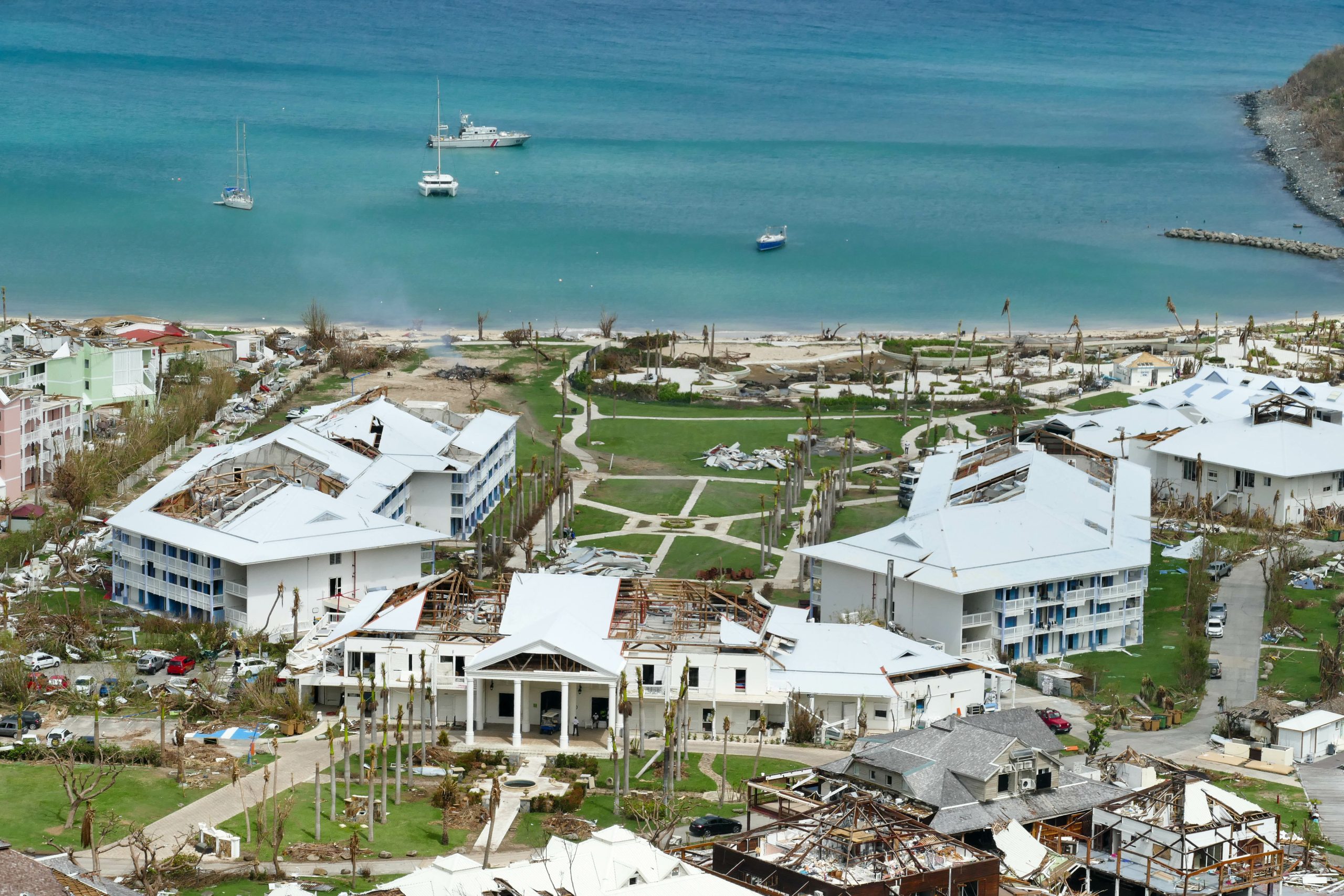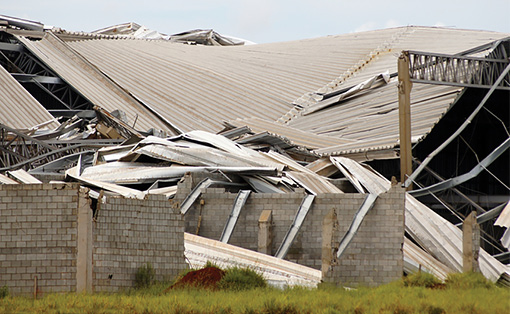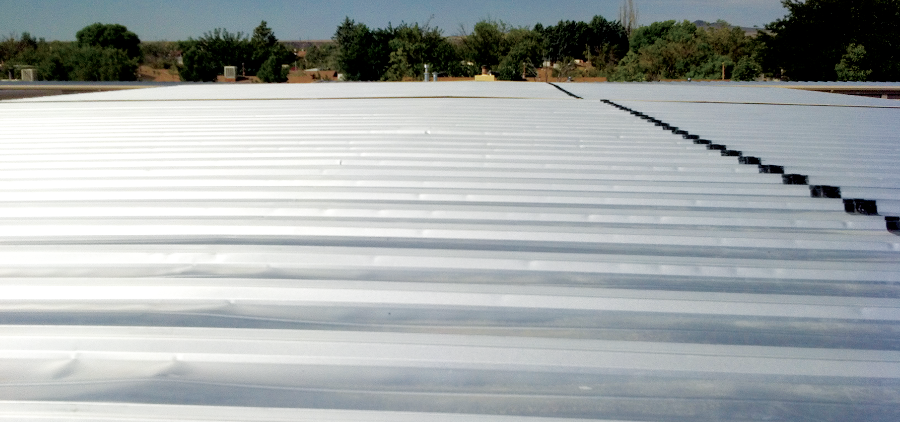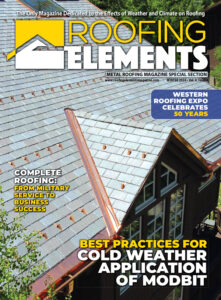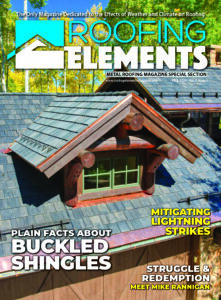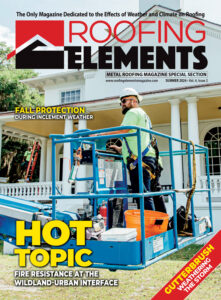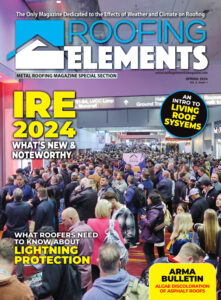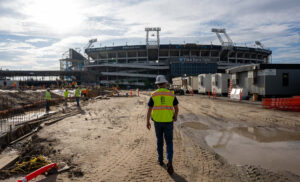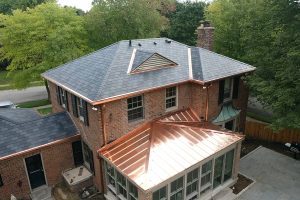The Roofing Industry Committee on Wind Issues, Inc. (RICOWI) was established in 1990 as a nonprofit organization to identify and address important technical issues related to the cause of roofing wind damage. These issues included:
• dynamic testing of roof systems
• importance of sample size for tests
• role of wind tunnels and air retarders
• need for acceptable procedures for ballasted systems
• field data and response team reports
• general lack of communication within the roofing industry as to what the problems are, what is being done, and what should be done to alleviate them
• how effectively information is transferred within the roofing industry and to others in the building community
In 1996, RICOWI became a nonprofit corporation, remaining devoted to research and education on wind issues. After a review of the need for similar education and research in the areas of hail, energy efficiency, and durability effects, the organization’s objectives were broadened in 1999 to include other weather topics, and “Wind” in RICOWI’s name was replaced with “Weather” to better reflect the expanded scope.
In the years that followed, RICOWI implemented two strategic investigation programs: the Wind Investigation Program (WIP) and the Hail Investigation Program (HIP). The programs were created to investigate the field performance of roofing assemblies after major hurricane and hailstorm events, to factually describe roof assembly performance and modes of damage, and to formally report the results for substantiated hurricane/hail events.
The data collected by these programs will provide unbiased, detailed information on the wind and hail resistance of low-slope and steep-slope roofing systems from credible investigative teams. We can expect a greater industry understanding of what causes roofs to perform or fail in severe wind and hail events, leading to overall improvements in roof system durability, the reduction of waste generation from reroofing activities, and a reduction in insurance losses (leading to lower overall costs for the public).
These reports and multimedia presentations will document roofing systems that fail during (as well as those that survive) major weather events and will provide educational materials for roofing professionals to design wind- and hail-resistant roofing systems. All data will be used to improve building codes and roof system design, and educate the industry and the public. Reports are available to download free of charge on the RICOWI website (www.ricowi.com).
RICOWI currently has 14 Sponsor Members, 65 Affiliate Members, and three Lifetime Honorary Members. Our membership is composed of industry associations, engineers, architects, consultants, and more from across the U.S. and Canada. Organizations and individuals join RICOWI to provide support for unique roofing industry programs, to become part of a professional group with shared interests and ideas, to have the opportunity to participate in hail and hurricane investigation programs, and to encourage and coordinate industry research projects.
Seminars are held twice each year in the spring and fall (see photo above). At our meetings, information from each industry segment is presented and discussed by the people who are involved. During the fall meetings, it is typical to go on tours of testing facilities or manufacturers that are mutually interested parties of RICOWI’s mission.
For 30 years, RICOWI has contributed to the improvement of the overall roofing industry by conducting empirical analysis of roof system performance after catastrophic weather events. RICOWI’s unique collaborative approach to its research and the findings therefrom have influenced the way roofing products and systems are manufactured, designed, and installed in North America and beyond.
When appropriate, we will include updates and reports from RICOWI in future issues of Roofing Elements Magazine. In the meantime, visit www.ricowi.com for further information.

